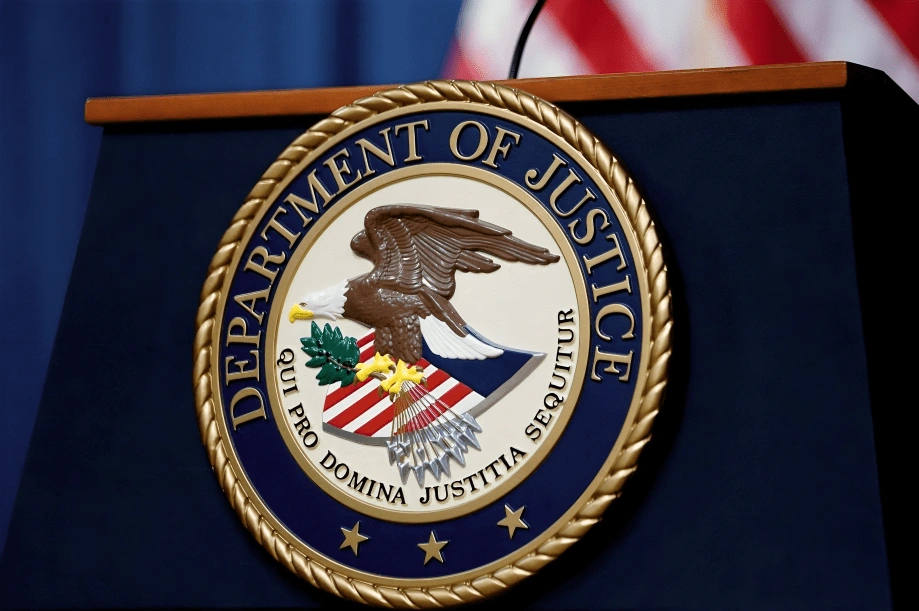A notable paradigm for a legal contest over abortion rights was recently made when a federal court in the United States reopened an action challenging New York state’s abortion-bias law. The law was enacted in 2019 in a bid to protect against discrimination toward women looking for abortion services on the part of health providers. The renewed challenge was made by certain prolife organizations and some medical professionals and claims that it diminishes or infracts on healthcare providers’ rights while undermining freedom of speech and religion.
The New York law compels healthcare providers: to avail abortions and counseling for them without any imposition of personal moral or religious belief upon patients. But critics contend that it coerces healthcare professionals- especially those with some religious or moral scruples about abortion- that, unless they participate either in doing the operation themselves or in facing the consequences of doing so, their professional autonomy will be put in jeopardy.
Historical and Legal Background on the Challenge
Originally, New York aimed its statute at ensuring that women had an access point to abortion services, independent from the bias of medical practitioners who would oppose them on religious or moral considerations. Proponents of the law argue that it is fundamental in ensuring that women’s reproductive rights are protected and that their entitlement to access to healthcare is ensured.
In filing the raise challenge immediately after its enactment was a group of health providers who claimed that the legislation was unconstitutional for violating their First Amendment rights, especially against the freedoms of exercise of religion and free speech. They argued that it compelled them to carry out procedures violating their deeply held beliefs.
The original ruling from a district court in 2021 dismissed the case as the law was found to be constitutional and held that the rights of the plaintiff were not infringed upon. The appellation further went to the U.S. Court of Appeals for the Second Circuit which found that the case had to be reopened-effectively reviving the challenge, thus ordering the matter back to a lower court for further deliberation.
Arguments For and Against the Law
Proponents of the New York law maintain that it is needed to protect women’s rights regarding reproduction and ensure abortion services are without discrimination or delay. Supporters say, however, that it stops healthcare providers from forcing patients to have personal beliefs and protects women from being directed towards an abortion service by those who would have significant objections to their decisions.
On the other hand, detractors of the law argue that it compels healthcare providers to act contrary to their conscience. Their argument holds that this law violates their First Amendment rights, more specifically the freedom of religion and right to refuse taking part in procedures which they regard as morally objectionable. Critics contend that the law fails to respect medical ethics, which require healthcare practitioners to make decisions based on their judgments in the best interests of the patient and not external mandates.
The Saving Quality Legislation and Its Collective Applications
The rejuvenating of this legal dispute brings about major legal implications as they concern reproductive rights and freedom of religion within the U.S. medical care system. If the courts ultimately take the side of the plaintiffs, a significant change can happen in the ways states will regulate the provision of abortion services and the rights to do so by health care providers. More importantly, a ruling in favor of the plaintiffs could even instigate a bunch of other lawsuits in other states which have laws that require health care professionals to perform or refer patients to abortion services.
But on the other hand, if the courts sustain the law, then it can set a precedent for further states to enact similar anti-bias legislative measures against abortion care and access to reproductive services. This would most probably turn pro-choice forces into further agitation and increase the clamor over abortion rights and health care provider independence in the U.S.
What will come next in the courtroom drama?
This case is expected to turn ever more into a media spectacle for both pro-choice and anti-abortion lobbies as it winds its way through the legal system. Counsel also expect the case will eventually go up to the U.S. Supreme Court because it raises complex constitutional questions involving religious freedom, free speech, and reproductive rights.
In the meantime, the resuscitated attack illustrates the reality of legal and cultural debates surrounding abortion in the United States. With states laws varying greatly from one to another and a public clearly divided, this case looks set to become a significant landmark in the larger conversation about abortion rights and religious freedom.





